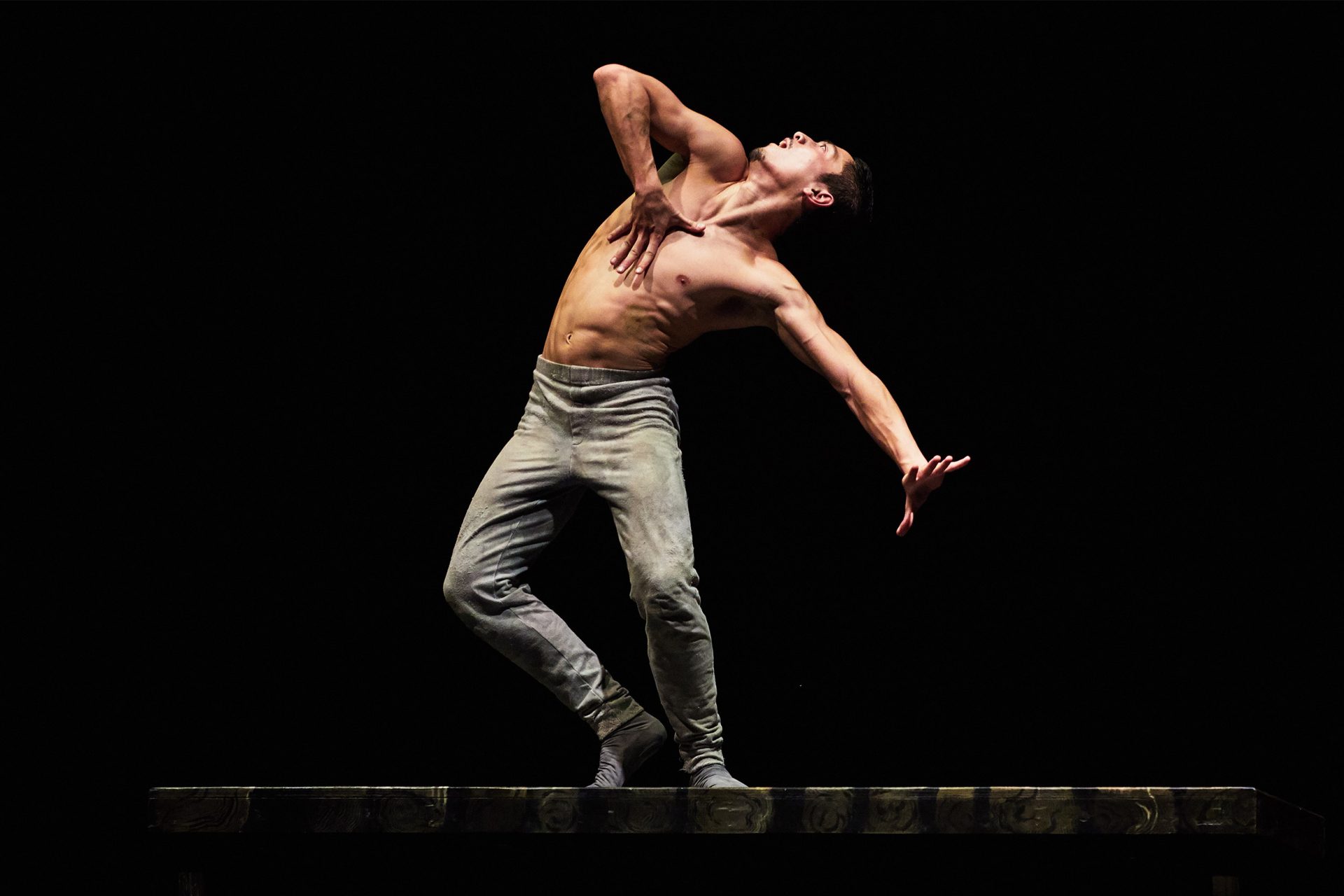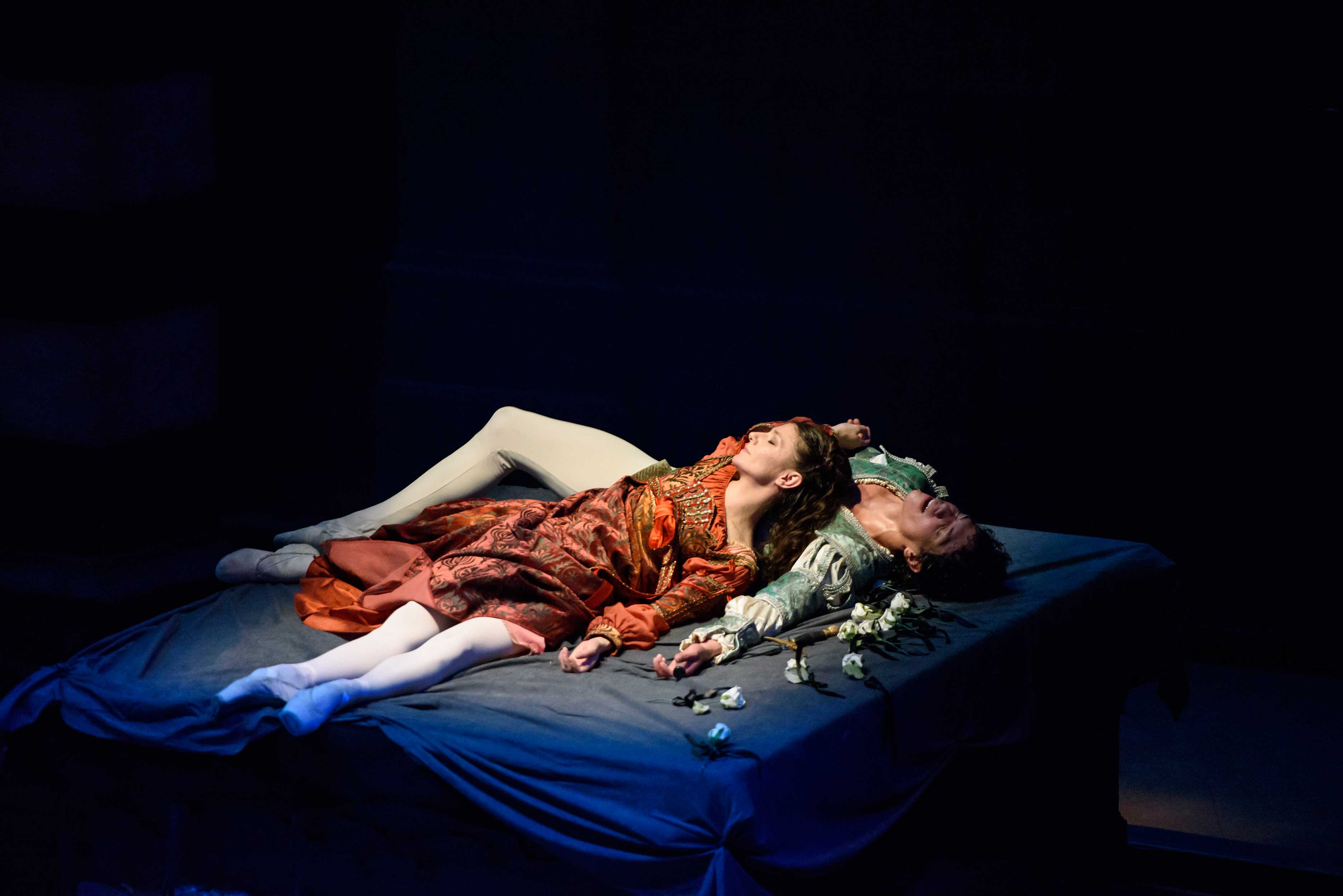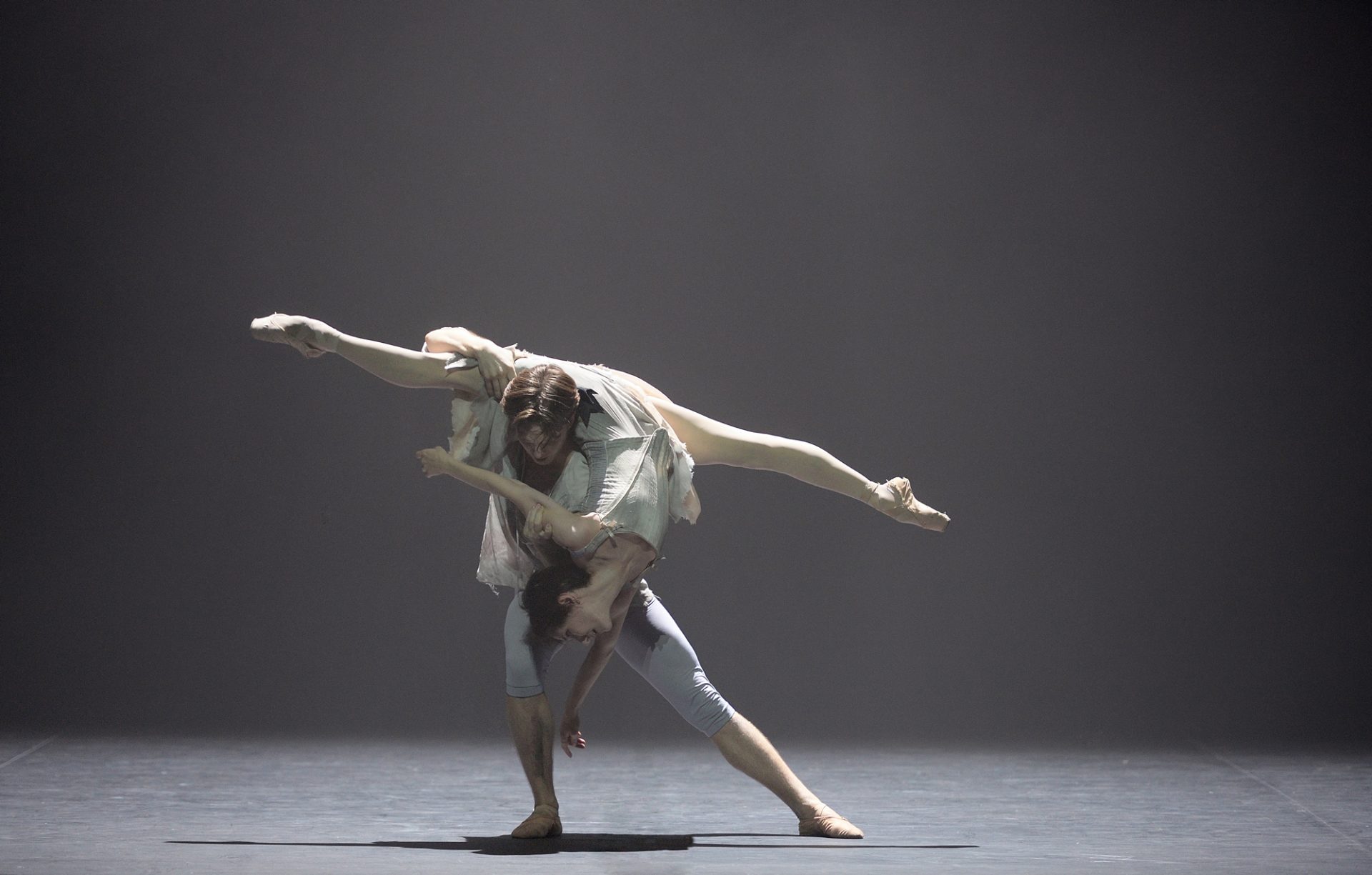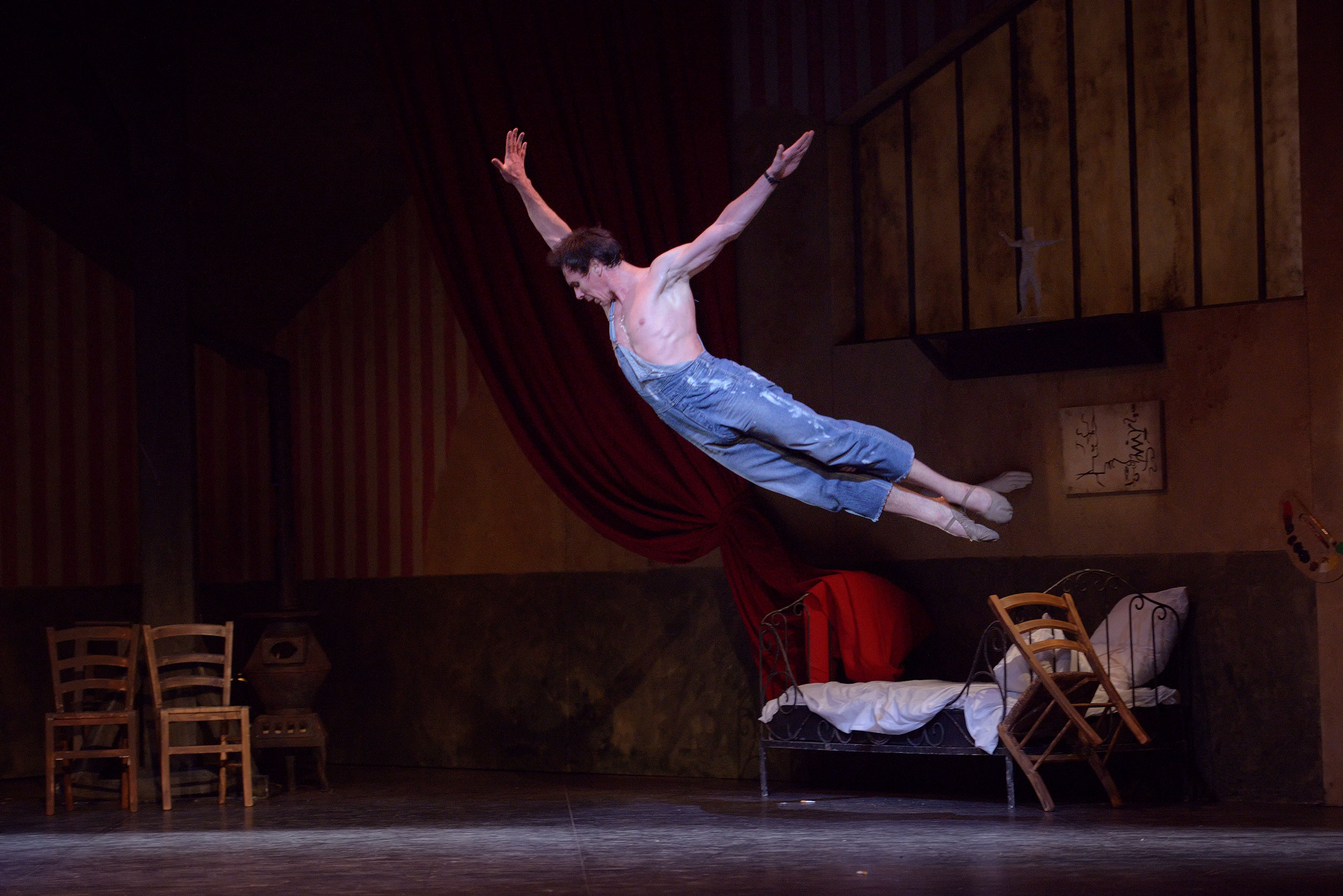
Five of the Most Challenging Roles for Male Dancers
Learn more about five of the most challenging roles for male dancers – they all are a must-watch for ballet fans.
Creature in Creature by Akram Khan
In Creature, the titular character is imprisoned by the military who test his mental and physical ability to endure extreme cold and isolation. He is subjected to gruelling conditions and punishing experiments which leaves him craving companionship. This emotionally intense role needs a dancer with powerful dramatic abilities to portray Creature’s great affliction and affection.
Creature also has a unique movement quality. Akram Khan’s distinctive choreographic style fuses classical ballet technique with contemporary movement: Creature’s unhuman body contorts, jolts and ripples, mirroring his inner turmoil. Not only is the choreography strenuous, but adapting to a different movement style can present many new challenges to a dancer. Creature is both technically and artistically demanding.
When Jeffrey Cirio premiered in the role in 2020, The Guardian described his portrayal as “a tour de force performance.” The Sunday Express agreed, adding that Creature is “a phenomenally demanding role that takes everything a talented dancer can give.”
Check out the trailer:
Romeo in Rudolf Nureyev’s Romeo and Juliet
One half of the world’s greatest love story, Romeo Montague is among the most famous ballet roles for men. He dances impressive solos, tender pas de deux and dynamic duels that require a dancer with brilliant and controlled technique.
Romeo also draws heavily on a dancer’s acting talents. He is an emotionally impulsive character –swiftly changing from being an adoring partner to a confrontational gang member – which needs a dancer capable of expressing this inner conflict. He also needs to have great chemistry with his star-crossed lover to pull off the romantic partner work and the couple’s tragic demise.
The ballet’s dramatic final pas de deux captures all the passion and pain demanded of the dancer as the couple bid their final farewell. It’s an immense task to inhabit a character of such vast emotional scope and, as Shakespeare’s concluding quip goes, ‘never was a story of more woe, than this of Juliet and her Romeo.’

Des Grieux in Kenneth MacMillan’s Manon
Des Grieux is a young, penniless student who falls for the enchanting Manon. Torn between her love for him and her desire for wealth, Manon betrays and corrupts the besotted Des Grieux, bringing their tumultuous relationship to a devastating end.
The dramatic narrative requires a dancer who can interpret the nuanced character of Des Grieux and express contrasting emotions, from naïve devotion to crushed despair. On top of this, the dancer has to perform some of the most difficult solos and no less than four pas de deux! This includes the renowned Act III pas de deux, the dramatic climax of the ballet, where Des Grieux desperately tries to save Manon. It is a physically and emotionally exhausting finale for Des Grieux and the dancer portraying him, proving that this is one of the most strenuous roles out there!
Rent our production of Manon on Ballet on Demand and see how former Lead Principal dancer Joseph Caley tackles the challenging role.

Jeune Homme in Roland Petit’s Le Jeune Homme et la Mort
Jeune Homme (the Young Man) is a Parisian painter in Roland Petit’s stylishly sinister ballet. He is entranced with an enigmatic, cruel mistress who persuades him to hang himself before revealing that she is Death.
Not only does the dancer need to embody the young man’s internal unrest as he oscillates between desire and death, but the choreography also involves a lot of impressive, athletic moves. He leaps over, balances on, and even throws furniture around the stage!
The mix of athleticism and emotional ingenuity needed to perform Jeune Homme is a true test of a dancer’s artistry. The newspaper Le Monde described it as “requiring a virtuosity sharpened to the point of looking spontaneous.”
Because of this, it is considered one of the great ballet roles for men and has been performed by some of the world’s most illustrious dancers, including Rudolf Nureyev and Mikhail Baryshnikov.

Onegin in John Cranko’s Onegin
Based on Pushkin’s classic novel, Onegin is a tale of unrequited love and regret. Onegin is a self-absorbed aristocrat and one of ballet’s great antiheroes. When Tatiana, an awkward young woman, expresses her love for Onegin, he cruelly rejects her before killing his only friend in a duel. He is certainly a flawed and unlikeable character which can be difficult for a dancer to communicate through movement.
In Act III, which takes place years later, the dancer has to tackle Onegin’s complex redemption arc as he reunites with the now-married Tatiana. In a heartbreaking final pas de deux, Onegin clutches onto her, confessing his love and pleading for forgiveness. This time, it is Tatiana who refuses Onegin, and he is left melancholy and alone.
Performing Onegin requires a profound understanding of the story’s emotional subtext. The dancer must convey a depth of conflicting feelings and show Onegin’s personal development throughout the story. This multifaceted character allows the dancer to imprint their own interpretation onto the role, making it one of the most artistically challenging and rewarding in the repertoire.
Each of these roles has left an enduring mark on the ballet world.
They are known for their technical proficiency, physical strength and emotional range, making each of them uniquely challenging but hugely rewarding for dancers. It is no surprise that performing one of these roles is often the highlight of a male dancer’s career!